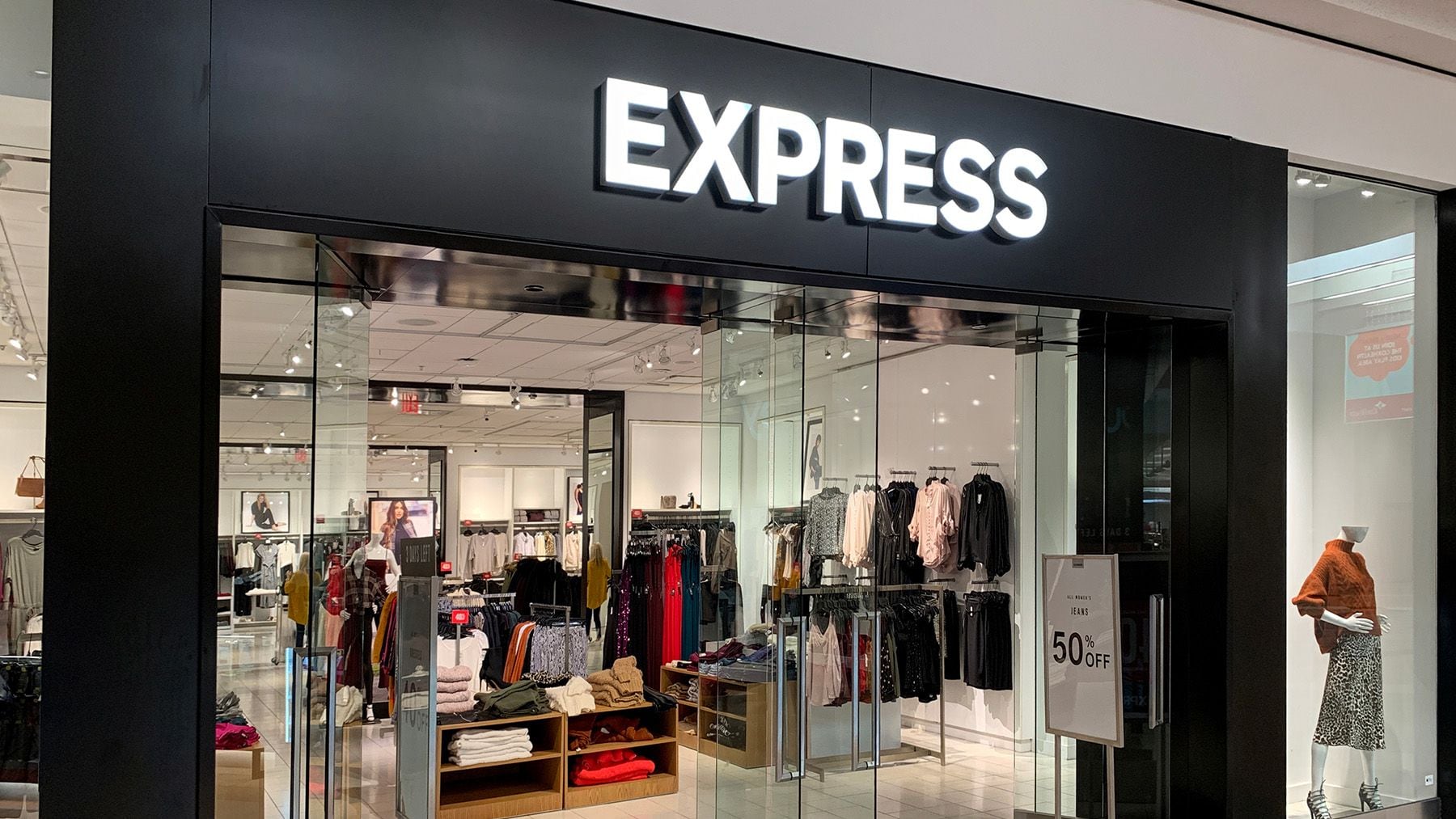
Fashion retailer Express Inc. is rapidly running out of cash and time.
Staggering under nearly $300 million of debt, the company for weeks has been in talks with creditors about ways to slash what it owes. With little to show so far, creditors are growing increasingly antsy and considering whether to push the company to file for bankruptcy instead, according to people with knowledge of the discussions, who asked not to be identified because the talks are in flux. Its shares tumbled as much as 46 percent Tuesday to as low as $2.01.
The saga caps the stunning about-face for a chain that’s been a shopping-mall fixture for four decades and has thousands of employees at its stores nationwide. It was still able to set the fashion agenda with Millennials less than a decade ago, and its stock price even rallied after the nation emerged from the pandemic.
But Express has struggled to keep pace with the times and has occupied an increasingly untenable spot: not prestigious enough to compete with the luxury brands, yet too expensive to go head-to-head with rapidly growing low-cost rivals. Meanwhile, working from home sapped demand for its business-casual mainstays, while pushes into new lines were met with little success.
The retailer lost over $150 million in three quarters through late October as it faced an escalating competitive threat from fast-fashion rivals. Last year, to buy time, it took out a loan of $65 million that carries interest of around 15 percent.
“It’s a case of irrelevance — both from a price perspective and in terms of style,” said Melissa Minkow, director of retail strategy at digital consultancy CI&T. She said inflation has also played a role. “People are trying to stretch their dollar as far as it can go.”
The creditor talks have included Wells Fargo & Co. and Bank of America Corp. — which are the company’s principal lenders under a revolving-credit facility — as well as Hilco Global and Gordon Brothers Group, who were involved in the recent loan, people familiar with the matter said. At the end of October, the company’s debts included that loan and about $213 million under the revolving credit line, according to its quarterly report with the Securities and Exchange Commission.
While retailers’ banks are typically sure to recover their investments even in a full liquidation, there’s no guarantee, and less so for its other lenders. As a result, Express’s banks have been scrutinizing its cash flows and other data to evaluate its hopes of survival, the people said.
Representatives for Express, Hilco Global and Gordon Brothers did not respond to requests for comment on the retailer’s outlook and plans. Bank of America did not immediately comment, while Wells Fargo declined to comment.
Fashion Shifts
Express’s recent history is a testament to both the rapidly shifting retail environment and the difficulty of keeping up with fast-moving consumer tastes in the age of social media.
The chain — which had 11,000 employees at more than 550 stores by early last year — once occupied an enviable niche among 20- and 30-somethings. Less than a decade ago, its Portofino top — a slim-fit blouse with a concealed-button front — was an office-wear hit with young women. It also had a bright spot in 2022 with the introduction of a new joint venture with WHP Global that would let Express bring other brands under its umbrella and sell its own trademark abroad.
But its core brand continued to steadily lose customers to the likes of Shein Group Ltd., whose lightning-fast supply chain ensured it hit the mark on trend after trend.
It was affected, as well, by what Tim Baxter, its former chief executive officer, called merchandising “misses,” like too quickly abandoning skinny jeans in favour of wider-leg styles. Its pushes into areas like home goods, menswear, workout gear and streetwear proved lacklustre.
“In times like this, you’ve got to be super focused,” said Dennis Cantalupo, chief executive officer of Pulse Ratings, a credit-rating and consulting firm that focuses on retailers. “Express has been spreading itself really thin.”
The joint venture with WHP did little to reverse the tide. Its acquisition of menswear label Bonobos in 2023 barely registered with shareholders who were more focused on Express’s cash-burn rate than the promise of growth in the menswear business. Its shares slumped steadily in 2023, sliding 59 percent after a 67 percent loss the year before.
Indeed, the cost of that purchase — combined with more fashion misses, sluggish inventory, and the need for deep price discounts — helped to drive Express to take out the high-cost rescue loan in September.
The same month, Baxter resigned as CEO, replaced by former Tyson Foods executive Stewart Glendinning. In November, chief financial officer Jason Judd followed.
While last year’s loan provided some breathing room, the company reported a net loss of about $37 million the 13 weeks through late October.
In recent weeks, the lenders have been huddling with Express executives to weigh the retailer’s options in hope of avoiding bankruptcy. If they get nervous enough, they could demand Express put cash aside for them in a reserve. Since Express has little to spare, such a request itself could trigger the need to file Chapter 11.
By Reshmi Basu and Eliza Ronalds-Hannon



